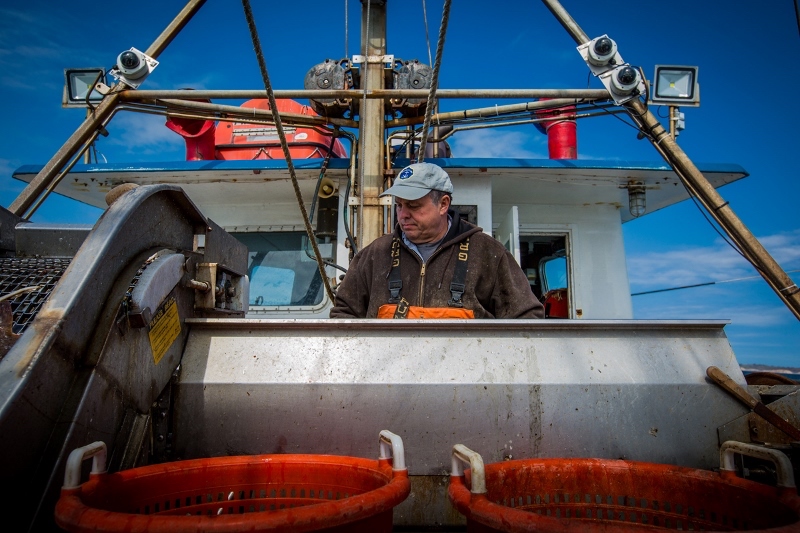Amendment 23 to the Northeast groundfish management plan will go out to public hearings this spring, featuring its unexpected possibility of 100 percent at-sea monitoring.
The New England Fishery Management Council says that number is just a starting point to discuss the costs of improving catch reporting — with onboard observers, or increasingly with electronic monitoring by onboard cameras looking over fishermen’s shoulders.
On Wednesday the council outlined the menu of alternatives that will be presented at those hearings, likely to be scheduled for late March and early April. The council will take in comments from that process to help it make final decisions at its June 23-25 meeting in Freeport, Maine.
The goal of the amendment is “to improve the reliability and accountability of catch reporting in the commercial groundfish fishery to ensure there is precise and accurate representation of catch,” including both landings and discards, according to the council.
Boosting at-sea coverage could be achieved by placing more observers on all trips, or alternatively with electronic monitoring, or EM as NMFS officials now refer to it.
If 100 percent monitoring is possible for all groundfish sector vessel trips, the council says it could support eliminating the management uncertainty buffer that is applied to sector annual catch limits for allocated stocks. Eliminating the buffer would result in more fish being available to sector boats since 3 to 7 percent of each stock’s acceptable biological catch currently is deducted to account for uncertainty.
“This uncertainty would be reduced under 100 percent monitoring,” according to the council. However, coverages of 25 percent, 50 percent and 75 percent are also alternatives.
“The council is not bound to select 100 percent in June when it takes final action, and it emphasized the importance of listening to the public before making a final decision,” according to the council.
On dockside monitoring, council members supported a “no action” as preferred alternative, which could spare the commercial groundfish fishery from mandatory dockside monitoring.
The council selected other preferred alternatives related to:
- Establishing a review process for at-sea monitoring coverage rates;
- Adding new sector monitoring tools through a framework adjustment rather than an amendment;
- Issuing waivers to exempt vessels from industry-funded monitoring requirements if insufficient funding is available for the National Marine Fisheries Service to cover shoreside costs for the program;
- And removing monitoring program requirements for vessels fishing exclusively west of 71 degrees 30 minutes west longitude.
Details of Amendment 23 and supporting documents are available online at https://s3.amazonaws.com/nefmc.org/3f_Draft-Decision-Document_A23_200124_123117.pdf
All of the sections within the draft amendment, as well as appendices and background materials, are available at







